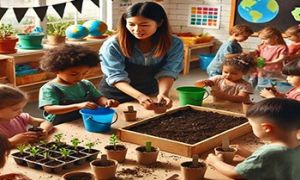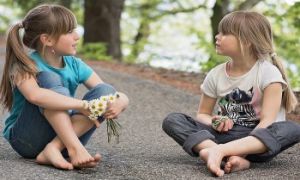On the 20th of February every year, it is National Love Your Pet Day. This special day honours the bond between humans and their beloved pets. The following provides Pet, Printables, Activities and Template that will help you celebrate pets at your service that can be implemented into the curriculum for children.
About National Love Your Pet Day
National Pet Day encourages us to take a moment to recognize our pets' important role in our lives. It is the ideal opportunity to show your love and admiration for your pet, whether they are a furry, feathered, or scaly friend.
Activity Ideas and Printables For Children
Pet Colouring Pages - Pet Colouring Pages enable children to colour, paint and collage. These can also be incorporated in different art and craft experiences.
Vet Clinic Dramatic Play Posters - The Vet Clinic Dramatic Play Posters can be used in the dramatic play area when setting up a Vet Clinic. These posters show images of a vet clinic in action and are great to be used in a display.
Feed The Dog Count and Match - Feed The Dog Count and Match is a simple activity that enables children to recognise the number on the dog bowl and add the correct number of bones into the bowl. . These encourage number recognition and one-to-one correspondence.
Dog Bone Number Matching - Dog Bone Number Matching enables children to recognise the number on the dog kennel background and add the correct number of dog bones. This activity is great for number recognition, for children learning their numbers and for one-to-one correspondence.
Dog Colour Matching - Dog Colour Matching is a colour-matching activity that enables children to match the correct colour dog to the correct colour kennel. This activity is great for children learning primary and secondary colours and colour recognition and learning colours.
Cat Tree House Counting - The Counting Cats Tree House is a simple counting recognition activity where children need to add the correct number of cats onto the cat tree house, corresponding to the correct number. This is a fun way for children to learn one-to-one correspondence, counting and number recognition.
Fish Bowl Counting - Fish Bowl Counting enables children to recognise the number on the rock and add the corresponding number of fish to the fish bowl. This activity encourages children with number recognition, one-to-one correspondence and learning numbers.
Doctor Pad Tracing Lines - Doctor Pad Tracing Lines enable children to trace over a variety of different lines in different directions. This will help children in the development of their pre-writing skills, hand-eye coordination and fine motor skills.
My Pet - The My Pet template is a free template. It can be emailed to families to fill in and returned back to the centre to use as part of a display. These can also be shared to the children to start a group discussion on the different types of pets children have in their homes.
Having A Pet In An Early Childhood Service - The following article provides information on choosing the right animal for your centre, assessing and managing risks, preventative measures, policies and procedures and more.



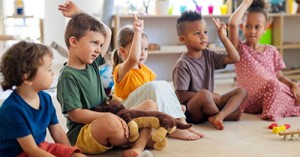

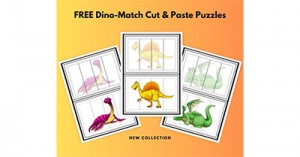
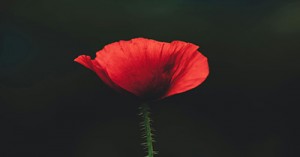
 Open ended questions cannot be responded to with one word answers such as yes or no. These types of questions enables a child to provide
Open ended questions cannot be responded to with one word answers such as yes or no. These types of questions enables a child to provide During your child’s preschool years, an important milestone begins to emerge. This is the development of pre-writing skills. Pre-writing skills are used to encourage, develop
During your child’s preschool years, an important milestone begins to emerge. This is the development of pre-writing skills. Pre-writing skills are used to encourage, develop Open ended materials enables children to play freely. They are objects that have no rules to follow, use or function. Raw materials that can be
Open ended materials enables children to play freely. They are objects that have no rules to follow, use or function. Raw materials that can be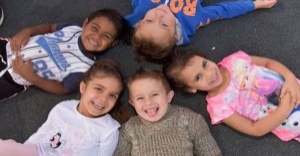 An Acknowledgment of the Country is a way of showing respect for the Traditional Owners and can be given by both non-Indigenous people and Aboriginal
An Acknowledgment of the Country is a way of showing respect for the Traditional Owners and can be given by both non-Indigenous people and Aboriginal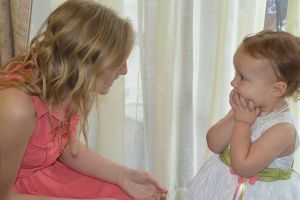 Language plays an important role in a child’s development. It enables a child to communicate effectively with their family, learn at school, socialize with friends,
Language plays an important role in a child’s development. It enables a child to communicate effectively with their family, learn at school, socialize with friends,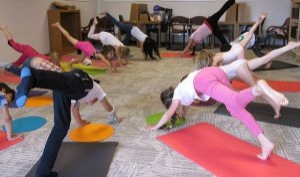 Like adults, children have to deal with their own stress in life. Moving house, starting a new school, preparing for a new sibling - these are
Like adults, children have to deal with their own stress in life. Moving house, starting a new school, preparing for a new sibling - these are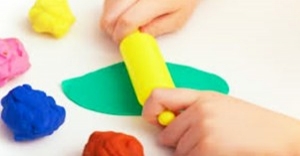 Playdough is such a versatile material. It provides numerous benefits to children as they manipulate it, it is safe and soothing and provides children with
Playdough is such a versatile material. It provides numerous benefits to children as they manipulate it, it is safe and soothing and provides children with Teaching children about sustainability enables them to appreciate and respect the natural environment. Early childhood services can provide meaningful hand on learning experiences in order
Teaching children about sustainability enables them to appreciate and respect the natural environment. Early childhood services can provide meaningful hand on learning experiences in order Recycling is an important concept that teaches children to care for the environment. It encourages children to be responsible and show a growing appreciating for
Recycling is an important concept that teaches children to care for the environment. It encourages children to be responsible and show a growing appreciating for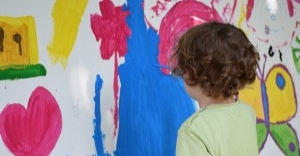 When children apply paint to paper, glue things together, or pound a lump of clay, they experiment with colour, shape design and texture.
When children apply paint to paper, glue things together, or pound a lump of clay, they experiment with colour, shape design and texture.

